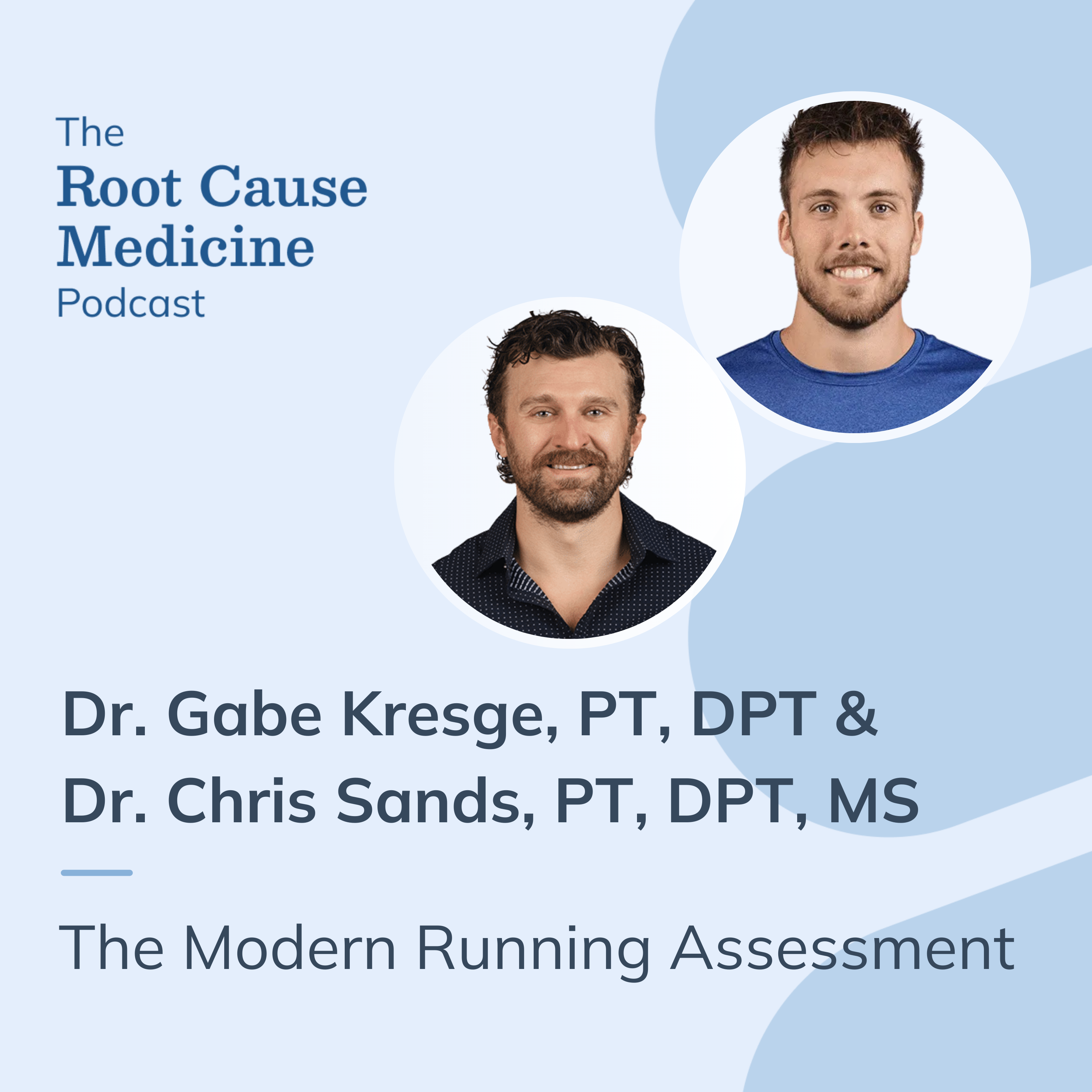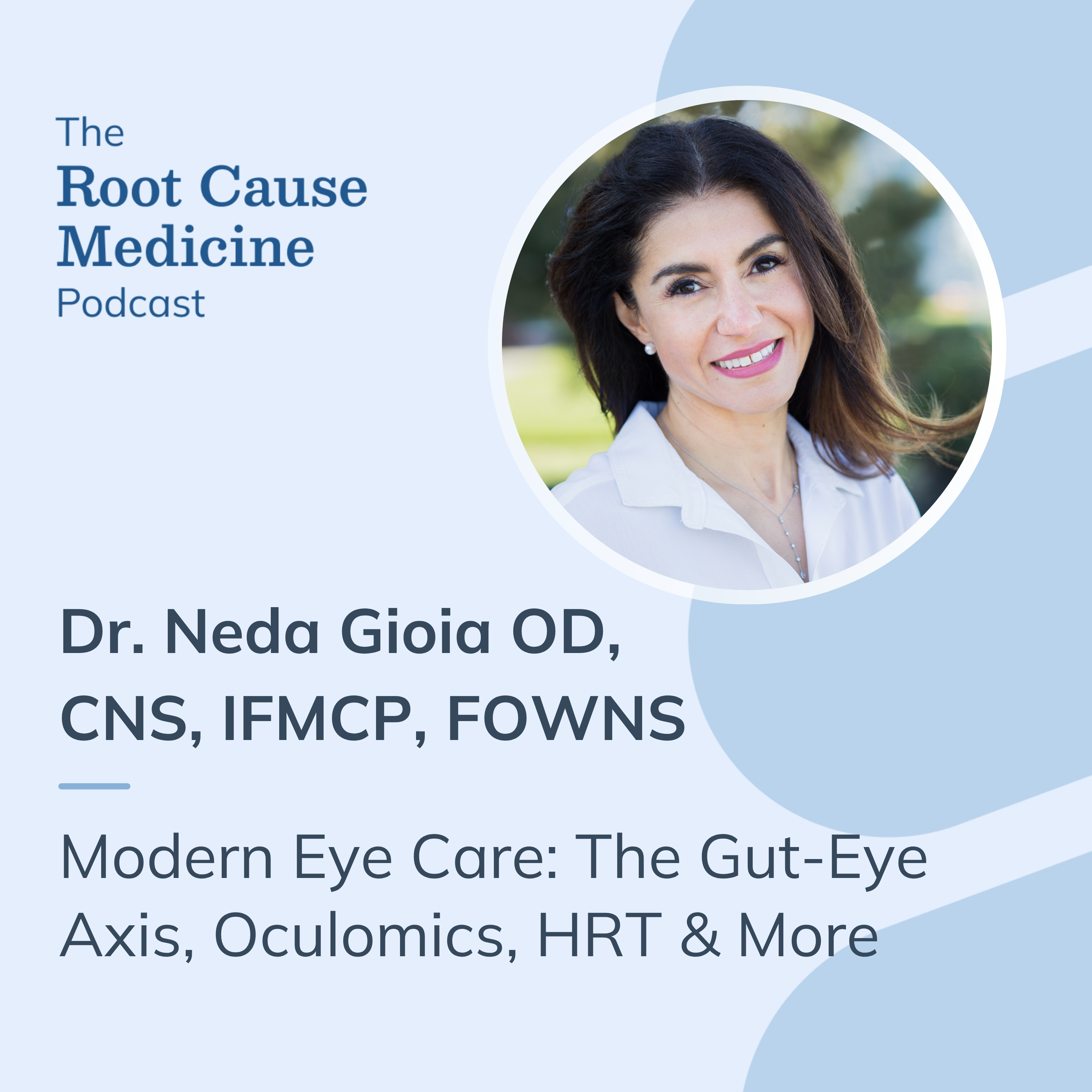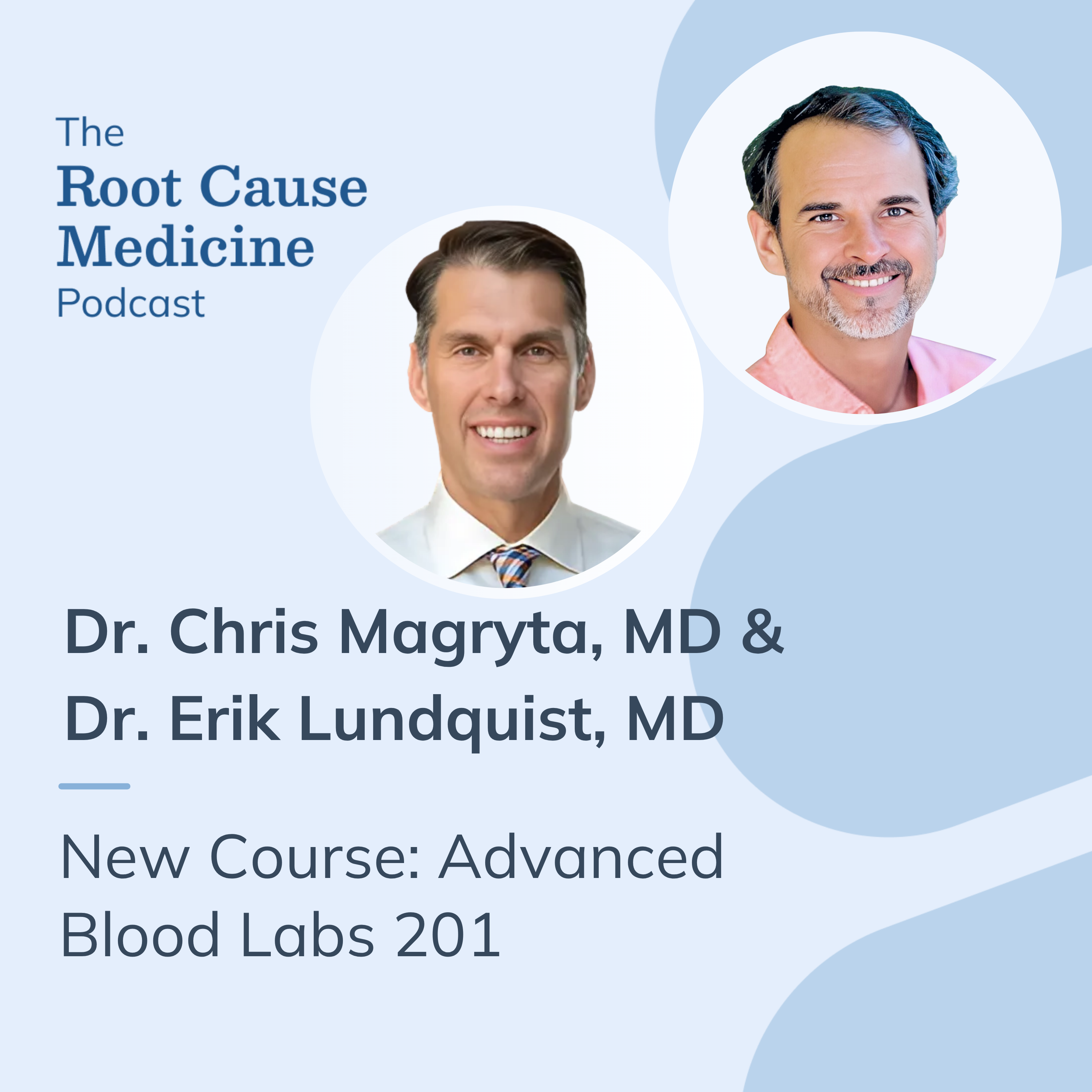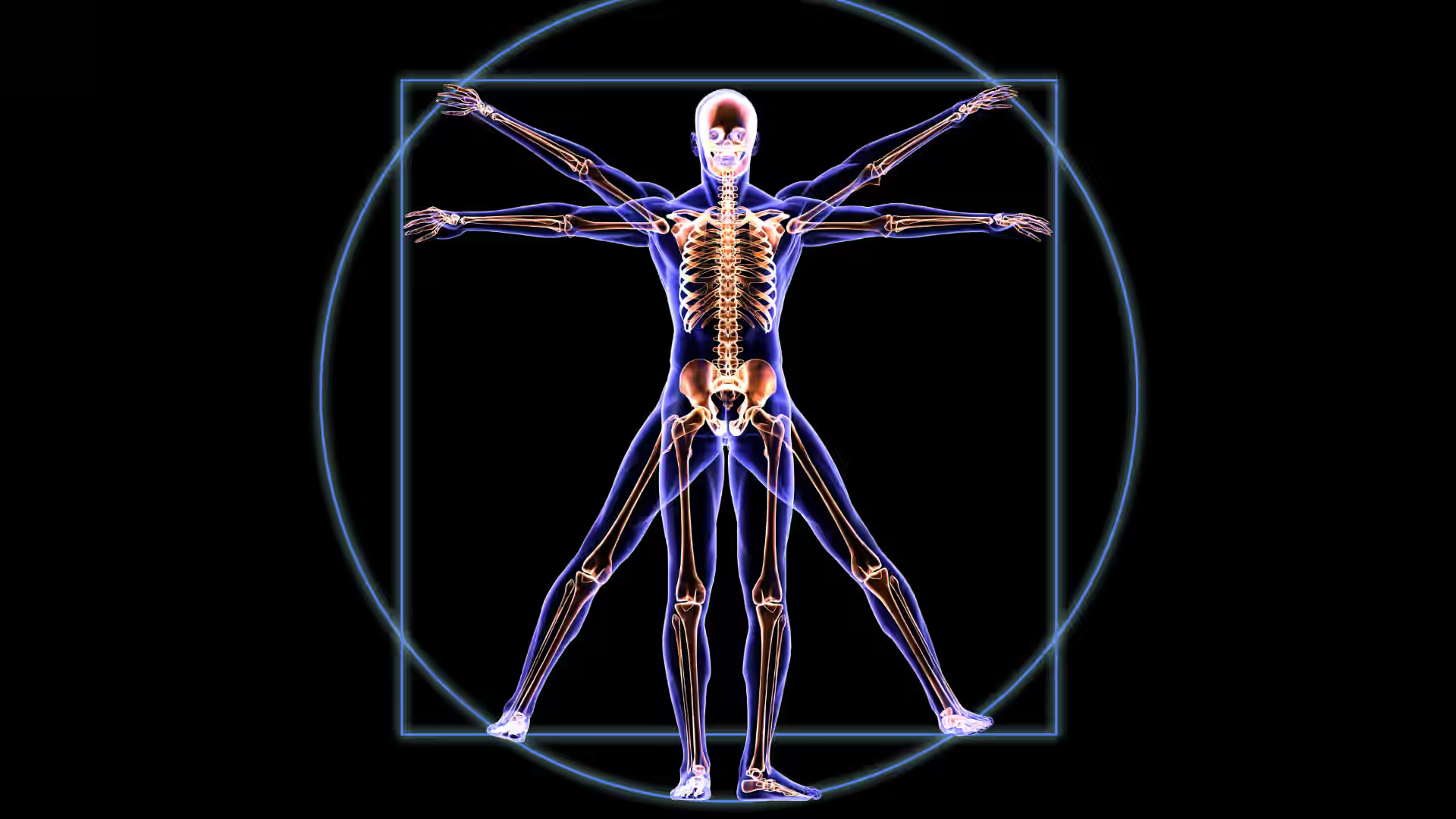Glutamate is the most abundant excitatory neurotransmitter in our brains and central nervous systems. It plays a role in the central nervous system, learning, and memory and may help regulate GABA levels.
Until recently, glutamate has often been mentioned only as a sidenote to the more well-known neurotransmitters such as serotonin and norepinephrine. But recently, glutamate has gained more attention, and neuroscience is exploring its role in mood, memory, cognition, and learning.
This article will explain why glutamate is receiving this newfound attention, how to test for glutamate, and considerations for maintaining balanced levels.
[signup]
What is Glutamate?
Glutamate is our body's most abundant amino acid (building blocks of protein) and is made and stored in muscle tissue. It is also produced by glial cells in the brain and is necessary for making GABA (1, 2). GABA is a neurotransmitter involved in sleep, relaxation, and muscle function.
Glutamate acts as an energy source in the brain, which may help regulate the body's energy balance (4, 5). It is essential for proper brain function, can bind to multiple receptors in the central nervous system, and is involved in many excitatory functions in the brain (3, 2).
*Note: An excitatory neurotransmitter excites or stimulates a nerve cell, making it more likely that the chemical message will continue to move from nerve cell to nerve cell and not be stopped.
What Causes Low Glutamate?
Lower levels of glutamate can often be seen in relation to imbalances in other neurotransmitters, particularly GABA, as they work together to balance neurotransmitters' excitatory and inhibitory effects. The blood-brain barrier helps maintain healthy glutamate levels and keeps the glutamate circulating in the bloodstream from entering the brain (8). The enzyme glutamic acid decarboxylase (GAD) turns glutamate into GABA, which requires amino acids such as Taurine synthesis, and vitamin B6 is an essential cofactor for converting glutamate into GABA, therefore having lower levels of these two nutrients could play a role in having imbalanced levels of glutamate (9, 20).
Low Glutamate Levels Signs & Symptoms
Much of the research on glutamate is around excessive amounts; however, low glutamate levels may be associated with the following symptoms (2).
- Issues concentrating
- Low energy
- Feeling mentally exhausted
5 Conditions That May Be Associated with Low Glutamate
Low levels of glutamate have been linked to:
- Learning and memory issues
- Low concentration
- Mental exhaustion
- General low energy
- ADHD symptoms of inability to focus and feelings of restlessness
What Causes High Glutamate?
Since GABA and Glutamate have a homeostatic relationship (and it is the precursor to GABA), having too little GABA can lead to elevated glutamate levels.
Other Ways that Too Much Glutamate Can Be in Your Brain Include:
- Glutamate, directly released from glial cells, adds to the total amount in your brain.
- Excess glutamate remains in the space between nerve cells (the synapse), which can lead to too many glutamate receptors being continuously activated and nerve cells being continuously excited.
- Nerve cell receptors have become oversensitive to glutamate, meaning fewer glutamate molecules are needed to excite them.
6 Conditions That May Be Associated with High Glutamate
Glutamate can become excitotoxic at excessive levels, which may overstimulate brain cells. Balance of glutamate levels is important, as too much can potentially lead to nerve cell (brain cell) damage, which may be associated with neurological and neurodegenerative conditions such as: (6)(19)(21).
- Parkinson's
- Alzheimer's
- Huntington's disease
- Anxiety
- OCD
- Schizophrenia
Functional Medicine Lab Test to Test Glutamate Levels
The Neurotransmitters + Micronutrients test can assess glutamate levels, which is one of the most comprehensive tests to evaluate neurotransmitter function and levels.
This test analyzes the status of neurotransmitters, their precursors, and their derivatives, which allows the patient and the practitioner to take a more holistic approach to addressing imbalances.
How to Support Balanced Glutamate Levels?
There are no supplements specifically to raise glutamate levels; therefore, focusing on lifestyle, diet, and glutamate precursors can be a natural approach to supporting healthy levels. Exercise has been shown to help the body make more glutamate. Increasing GABA levels can help to increase glutamate levels; therefore, focusing on GABA precursors such as 5-HTP and theanine can be potential options to explore (11, 12).
Foods that naturally contain glutamate include cheese, beets, asparagus, sea vegetables, eggs, mushrooms, fermented soy products, and bone broth; increasing your consumption of these foods may help support glutamate levels (13).
How to Support Balanced High Glutamate Levels?
Conventional treatments for managing glutamate levels may include using antidepressants, as they can influence glutamate receptor expression and function (14). Other glutamate blockers include Riluzole, which may inhibit the release of glutamic acid from neurons (15).
Certain foods contain glutamate (both artificial and naturally), such as MSG (the sodium salt of glutamate), which is made from fermented starches and sugars and is used to add flavor to sauces, dressings, and soups, therefore monitoring your intake of MSG foods can be a natural approach towards modulating glutamate levels (10).
Magnesium may help reduce the stimulatory effects of glutamate and can protect against glutamate damage, as magnesium sits on NMDA glutamate receptors, which helps to calm excitatory cells and may support GABA levels (16).
It could also be theorized that supporting mitochondrial health can be an indirect way to support glutamate levels. Glutamate in excess can potentially damage brain cells to the point of mitochondrial dysfunction, leading to an accumulation of ROS and free radical damage. When mitochondria experience excessive amounts of free radical damage, nerve cell death can occur, and having too much glutamate can lead to nerve cell damage.
The mitochondria influence and regulate the transport of cell energy and influence oxidative stress (which having excessive amounts of excitatory neurotransmitters can lead to excessive amounts of oxidative stress). In particular to this conversation, mitochondrial glutamate regulates the transport of glutamate across the mitochondrial membrane.
Glial cells (which produce glutamate) depend on mitochondrial function. Therefore supporting the mitochondria with CoQ10 can be important for balancing glutamate levels and protecting against free radical accumulation in the brain, which can further damage brain cells (17, 18, 21).
PQQ (pyrroloquinoline quinone) may also support mitochondrial health and has been shown to protect the brain from glutamate-induced neurotoxicity (19).
Summary
Glutamate is the most common neurotransmitter in the central nervous system and the most abundant excitatory neurotransmitter, which can be more stimulating and energizing in nature. It plays a role in the central nervous system, learning, and memory and may help regulate GABA levels. Glutamate acts as an energy source in the brain, which may help regulate the body's energy balance.












%201.svg)







